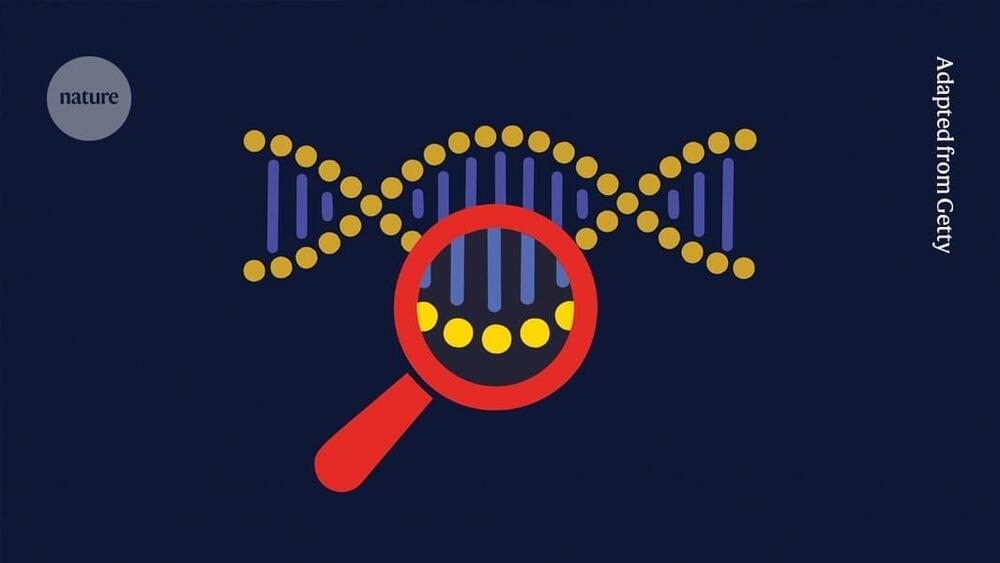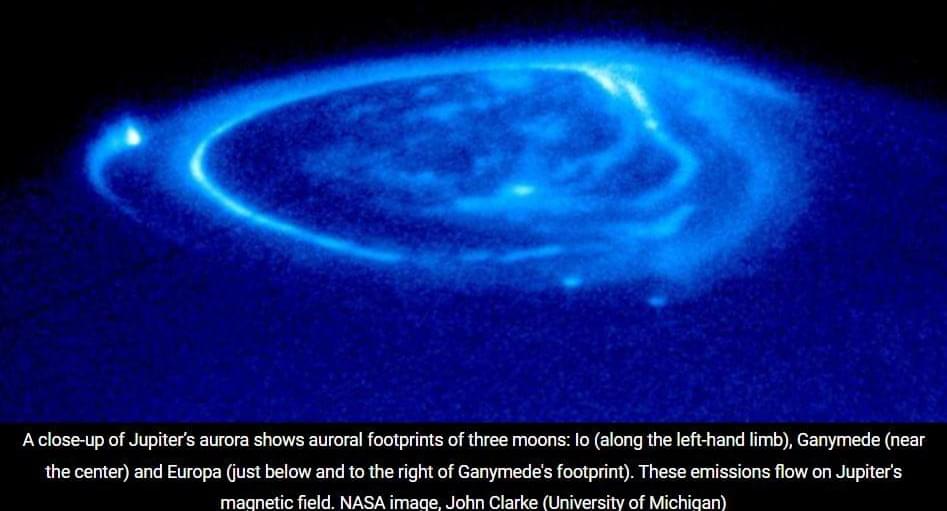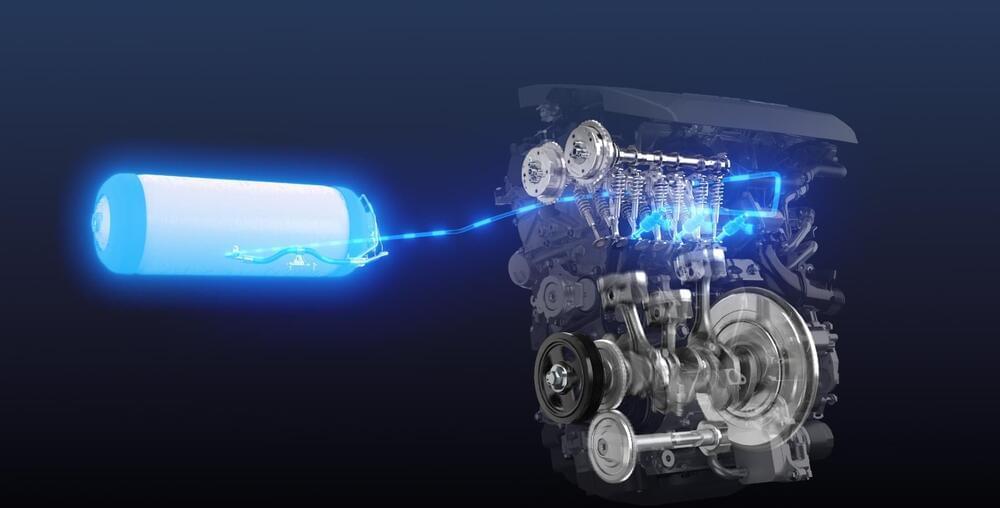One tool, called Find My Understudied Genes (FMUG), emerged from a study published in March1, which first explores why interesting, but relatively under-researched, genes are not highlighted in genetic surveys, and then offers FMUG as a remedy.
The second tool is the Unknome database, created by a team led by Matthew Freeman at the University of Oxford, UK, and Sean Munro at the MRC Laboratory of Molecular Biology, Cambridge, UK, that was described2 in 2023.
“We are in the lucky position to know what we don’t know,” says Thomas Stoeger, a biologist at Northwestern University in Chicago, Illinois, and co-author of the FMUG study.






